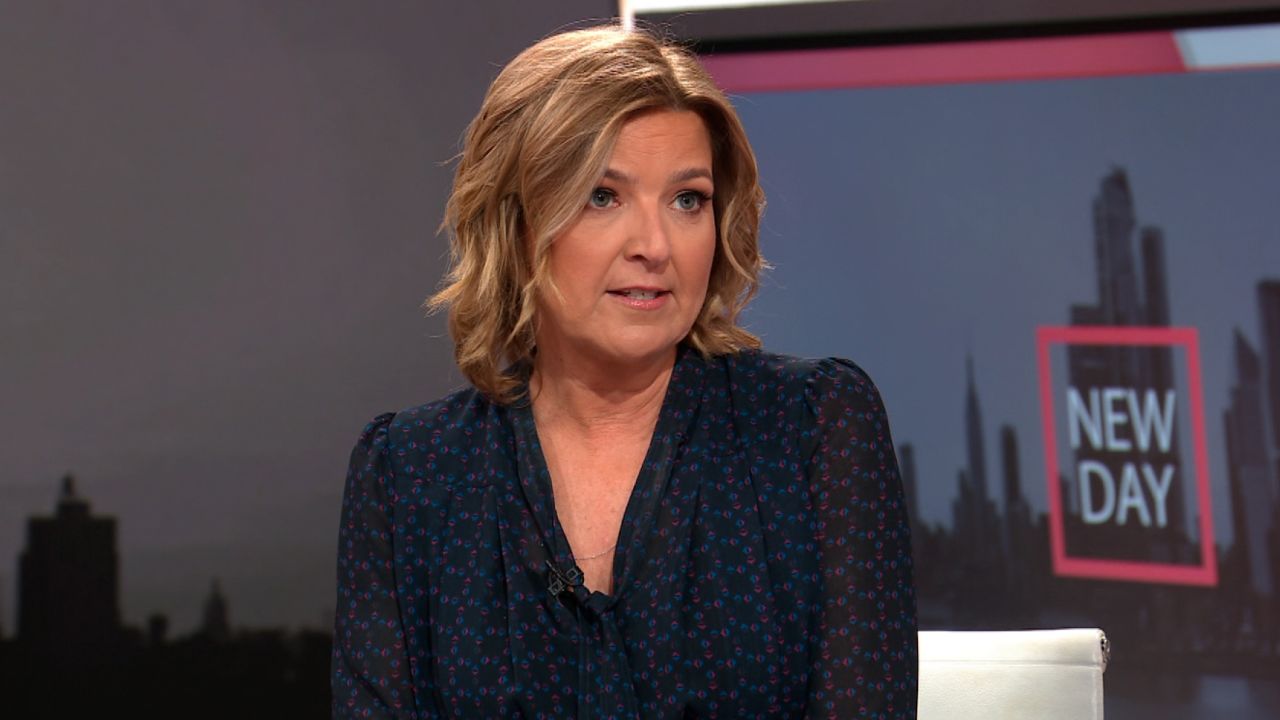US markets struggled to find direction on Wednesday afternoon ahead of the Federal Reserve’s July interest rate policy decision, expected at 2 p.m. ET.
Financial markets are pricing in a nearly 97% chance of a quarter-point rate hike, according to the CME FedWatch Tool. Still, investors on Wall Street are unsure about whether this will be the final increase by the Fed in an economically painful 16-month long hiking regimen meant to cool the economy and fight inflation.
Some investors are cautiously optimistic that Wednesday will mark a pivot away from Fed hikes, but policymakers have indicated that there will likely be another increase later this year.
Wall Street will be watching closely for clues at Fed Chair Jerome Powell’s 2:30 p.m. press conference about what comes next.
“Markets tend to talk themselves into thinking the Fed will cut, has to cut, or should cut. Wishful thinking substitutes for analysis, until the facts reassert themselves,” said Brad McMillan, chief investment officer for Commonwealth Financial Network, in a note Wednesday.
Tech stocks also struggled for direction on Wednesday as second-quarter corporate earnings results were mixed. Snap plummeted nearly 19% after reporting a miss and lowering forward guidance, while Google-parent Alphabet was up over 5% after beating estimates.
Boeing, meanwhile, was up nearly 7% following a strong quarterly report.
Treasuries were stronger ahead of the Fed decision and gold was up 0.5%. Bitcoin futures were also 0.5% higher.
The Dow was flat on Wednesday afternoon.
The S&P 500 was 0.3% lower.
The Nasdaq Composite was down 0.4%.

































